Congmin Li
PatternNet: A Benchmark Dataset for Performance Evaluation of Remote Sensing Image Retrieval
Jul 10, 2017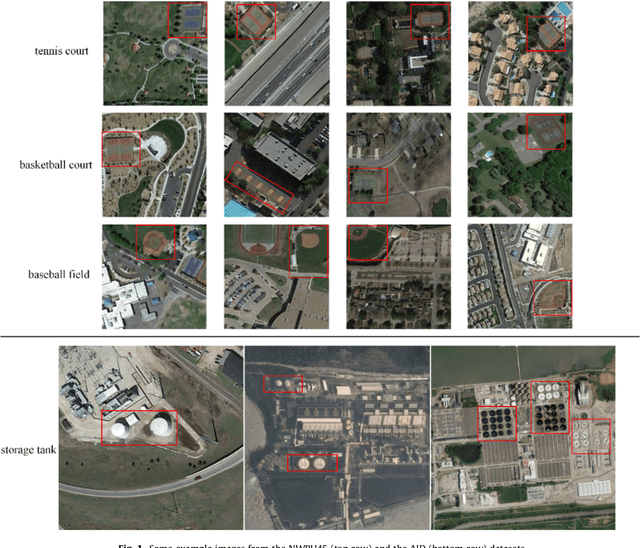

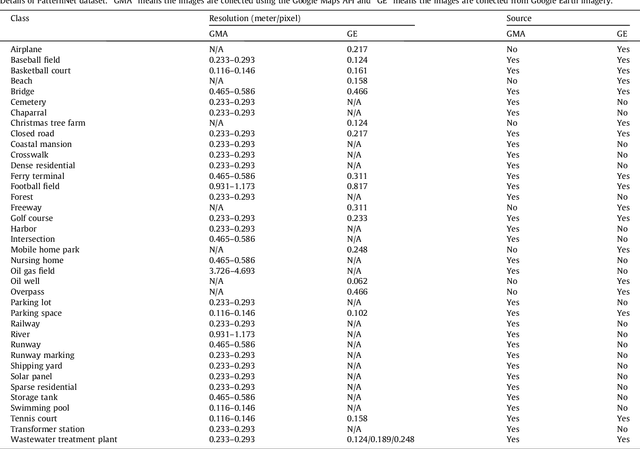
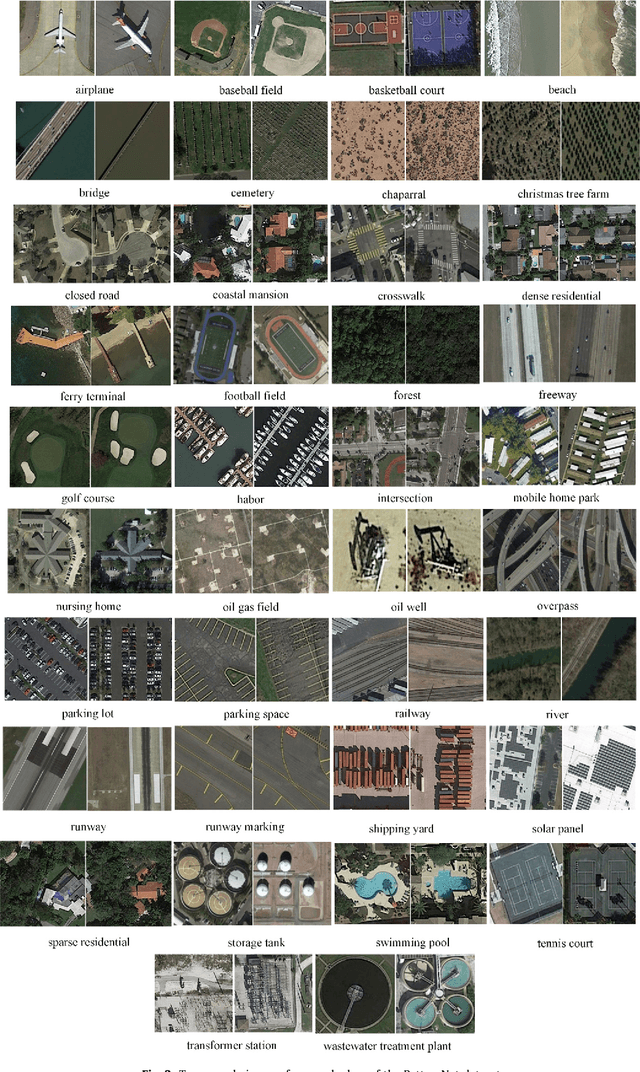
Abstract:Remote sensing image retrieval(RSIR), which aims to efficiently retrieve data of interest from large collections of remote sensing data, is a fundamental task in remote sensing. Over the past several decades, there has been significant effort to extract powerful feature representations for this task since the retrieval performance depends on the representative strength of the features. Benchmark datasets are also critical for developing, evaluating, and comparing RSIR approaches. Current benchmark datasets are deficient in that 1) they were originally collected for land use/land cover classification and not image retrieval, 2) they are relatively small in terms of the number of classes as well the number of sample images per class, and 3) the retrieval performance has saturated. These limitations have severely restricted the development of novel feature representations for RSIR, particularly the recent deep-learning based features which require large amounts of training data. We therefore present in this paper, a new large-scale remote sensing dataset termed "PatternNet" that was collected specifically for RSIR. PatternNet was collected from high-resolution imagery and contains 38 classes with 800 images per class. We also provide a thorough review of RSIR approaches ranging from traditional handcrafted feature based methods to recent deep learning based ones. We evaluate over 35 methods to establish extensive baseline results for future RSIR research using the PatternNet benchmark.
Learning Low Dimensional Convolutional Neural Networks for High-Resolution Remote Sensing Image Retrieval
Dec 30, 2016
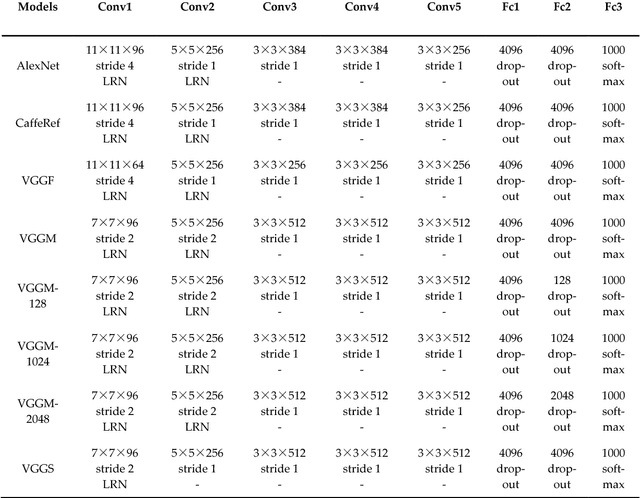
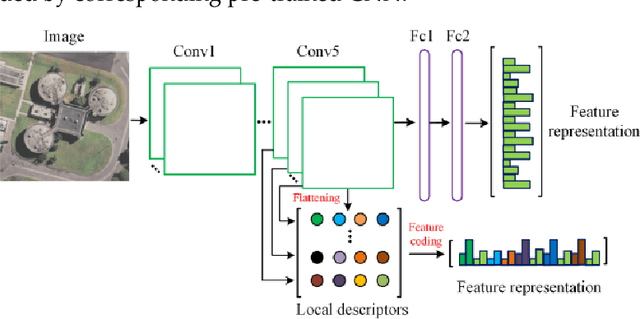
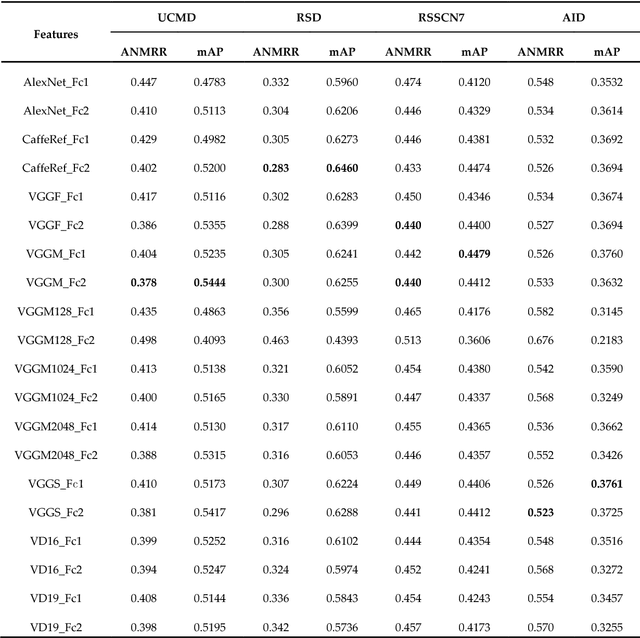
Abstract:Learning powerful feature representations for image retrieval has always been a challenging task in the field of remote sensing. Traditional methods focus on extracting low-level hand-crafted features which are not only time-consuming but also tend to achieve unsatisfactory performance due to the content complexity of remote sensing images. In this paper, we investigate how to extract deep feature representations based on convolutional neural networks (CNN) for high-resolution remote sensing image retrieval (HRRSIR). To this end, two effective schemes are proposed to generate powerful feature representations for HRRSIR. In the first scheme, the deep features are extracted from the fully-connected and convolutional layers of the pre-trained CNN models, respectively; in the second scheme, we propose a novel CNN architecture based on conventional convolution layers and a three-layer perceptron. The novel CNN model is then trained on a large remote sensing dataset to learn low dimensional features. The two schemes are evaluated on several public and challenging datasets, and the results indicate that the proposed schemes and in particular the novel CNN are able to achieve state-of-the-art performance.
 Add to Chrome
Add to Chrome Add to Firefox
Add to Firefox Add to Edge
Add to Edge